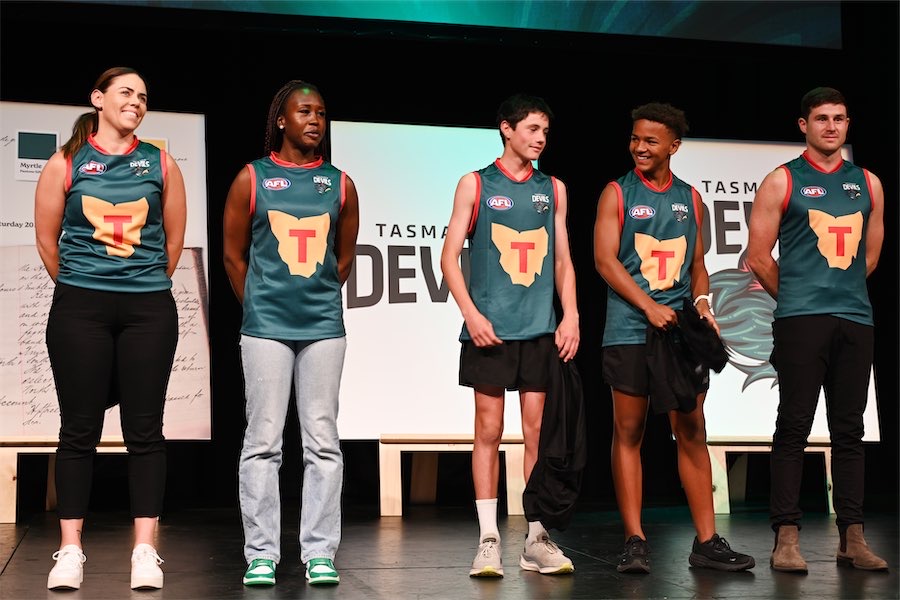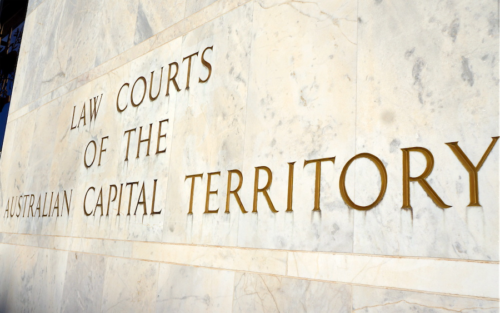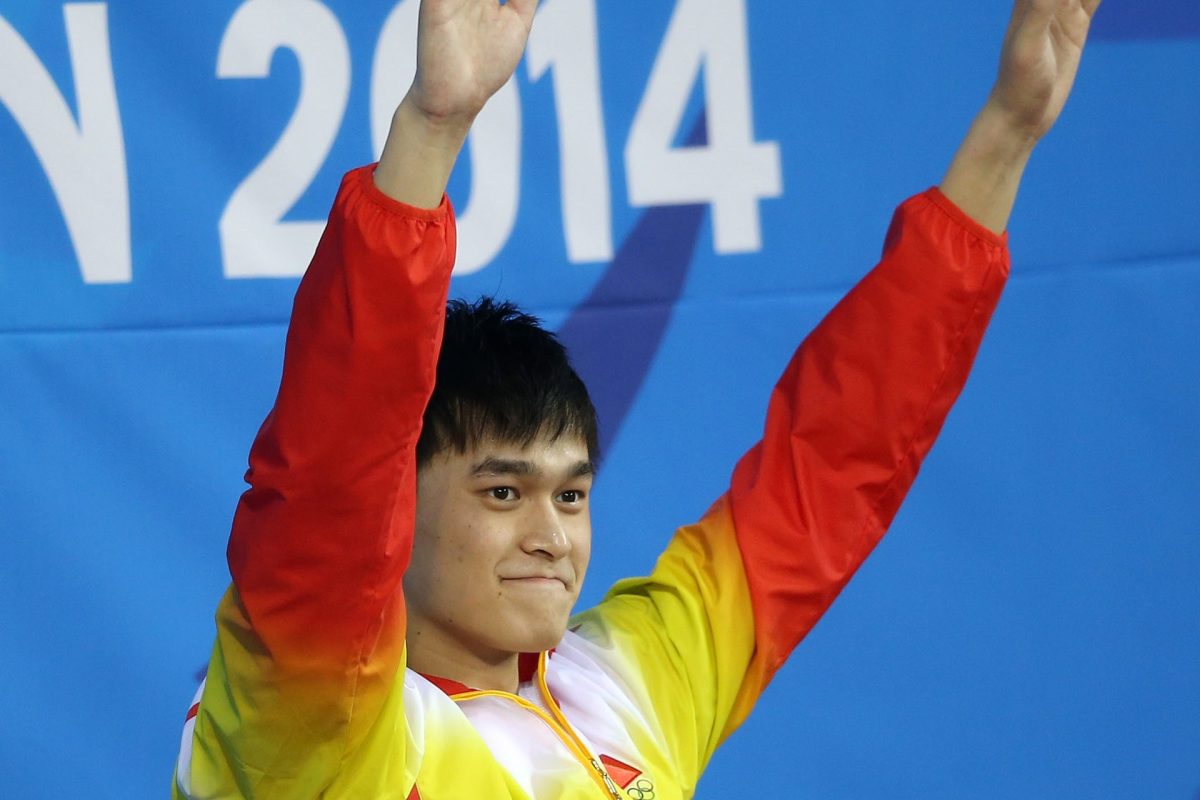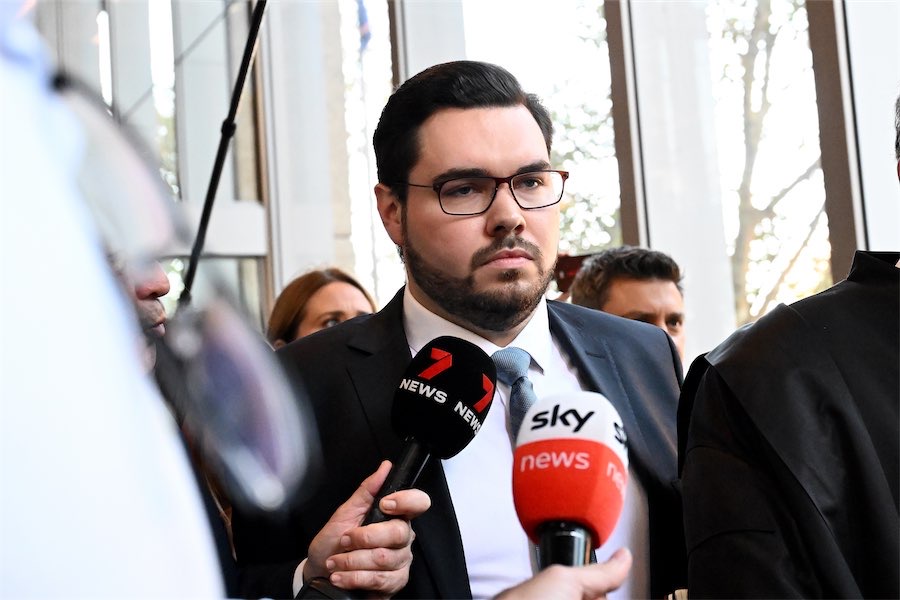
Devil in the details: ANDREW HUGHES breaks down the branding of the AFL’s newest team.
After months of debate and intrigue, the AFL’s 19th and newest team, the Tasmania Devils, finally launched its jumper, logo and colours this week.

The Devils will wear green, yellow and red, and their guernsey will feature a map of Tasmania with a central red “T”. The club’s logo features a profile of a Tasmanian devil, which chair Grant O’Brien said represented the state’s “proud, tough, determined” characters.
Were there any surprises in the branding? None. Perfectly on brand and what has largely been seen already from Tasmania’s junior state teams.
The difference though was this was the official AFL launch. No turning back. And it had cleared some fairly big hurdles such as reaching an agreement with global entertainment giant Warner Bros over the use of the name, colours and logo.
But why was this day so important?
Building the (sports) brand
Sport has always been the original crowd-funding model. Without fans, there is no team, really. So it was great to see the Devils have been saintly with their marketing to their base – namely the $10 foundation membership.
Within two hours of the launch, the Devils had sold more than 40,000 foundation memberships at $10 a pop. For comparison, the AFL’s most recent expansion clubs, Gold Coast and Greater Western Sydney, totalled 23,359 and 33,036 members respectively at the end of 2023.
Selling cheap foundation memberships several years ahead of the team’s first game was smart, as it gets some nice hard cash rolling in until match-day revenue and sponsorships arrive.
Next, they gain access to a large database, so critical in breaking down members into different segments, and then tailoring an offering to each.
And of course there is the engagement aspect, which for the Devils is particularly important as both the stadium and team are several years away from AFL action – the club is set to enter the national competition in 2028.
They need to keep these foundation members, these key supporters, engaged to keep word of mouth high. And these members aren’t just in Tasmania – they are going to be found everywhere. The team will only play half its games at home, so it is going to need supporters at games played outside the state. The AFL needs this as well.
It helps that these supporters can call themselves foundation members forever. Powerful word of mouth and nice branding. And 50,000+ in a few short hours says the market agrees.
The Devils though must focus on retaining those initial members during what will be a long journey before they play their first game at Macquarie Point.
Why is branding so crucial for sports teams?
Lionel Messi and Cristiano Ronaldo are the benchmarks in world sport for why details matter in sports marketing. Think “CR7” and you think of only one person. And what kid would say no to a Messi number 10 jersey?
Both bring in tens of millions per year for their franchise in merchandise and ticket sales.
The biggest sporting brands on earth, such as Barcelona FC, manage every single detail of their brand image down to the actual colour shade on all brand offerings.
It’s the same for the Devils, not least because of Warner Bros, but also to avoid the Port Adelaide v Collingwood jersey issue.
The Devils offering had to be unique to every other brand in the AFL, but also use colours in the logo and character which would deepen resonance between team, supporters, and community.
The colours of myrtle green, primrose yellow, and rose red do exactly that. That mix and variations are all theirs. They are representative of the colours of Tasmania, and have been used extensively by many other sporting teams from the state. Consistency is so important in sports marketing and this was great to see.
These colours will help drive deeper emotional responses to the brand, and keep supporters engaged at the highest level, thereby helping to attract sponsors.
As for the brand logo, there was no other choice than the Tasmanian devil, and it’s a great one. Nearly every other AFL team builds much of their branding around their character and this is something the Devils need to do sooner and not later.
The initial public reaction was almost overwhelmingly positive, and allows the Devils to build that core base of supporters who will fill 23,000 seats every home game.
Challenges for ‘brand Tasmania’
There will be challenges the brand can’t control, such as the rising concern over concussion and the growth of competitors such as basketball, e-sports and soccer. These may impact the brand but overall will be handled by the AFL itself.
Locally, the brand has to focus on providing as many touch-point experiences as possible, such as meet and greets or merchandise days. Tangibility adds value to sports brands in ways most other brands envy.
And this will help keep the brand community active and vocal, which will help deflect any political challenges to the covered stadium, but also attract other supporters, sponsors and community to the team the closer the start date gets.
With the Devil out of the bag, the challenge for the club will now be to ensure it doesn’t veer too much out of its territory and lose sight of just how hard and long it is going to take before its real prey: that one day in September at the MCG.![]()
Andrew Hughes, Lecturer, Research School of Management, Australian National University. Republished from The Conversation.
Who can be trusted?
In a world of spin and confusion, there’s never been a more important time to support independent journalism in Canberra.
If you trust our work online and want to enforce the power of independent voices, I invite you to make a small contribution.
Every dollar of support is invested back into our journalism to help keep citynews.com.au strong and free.
Thank you,
Ian Meikle, editor





Leave a Reply